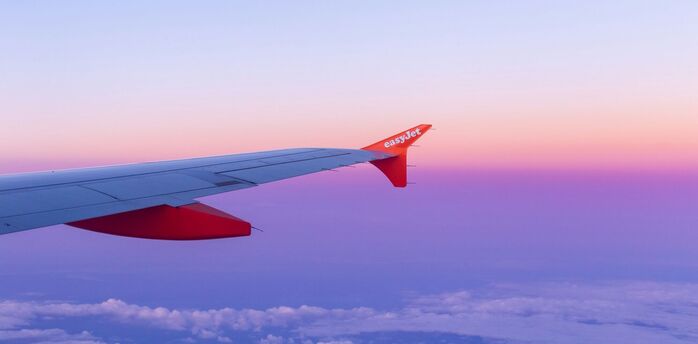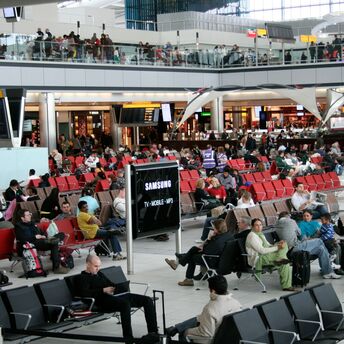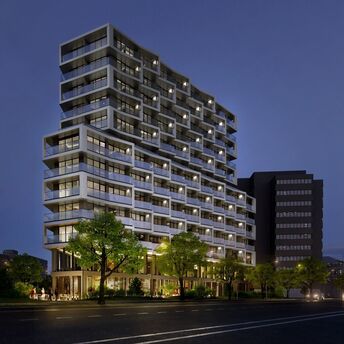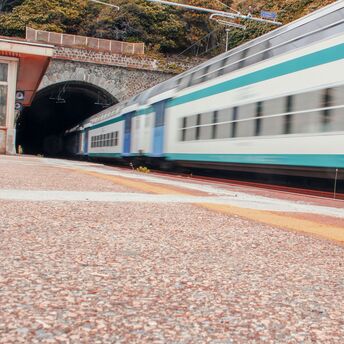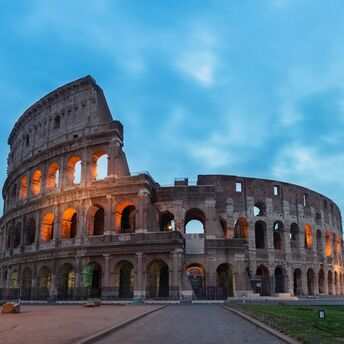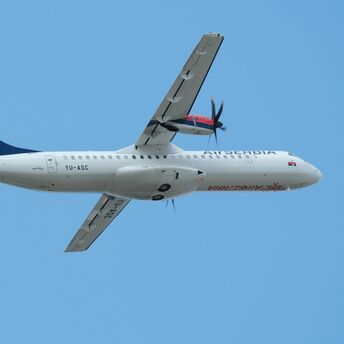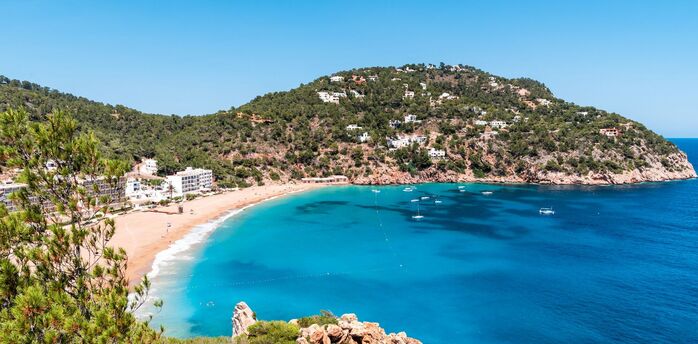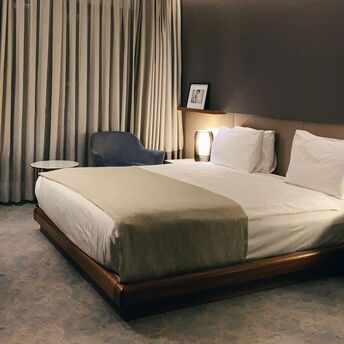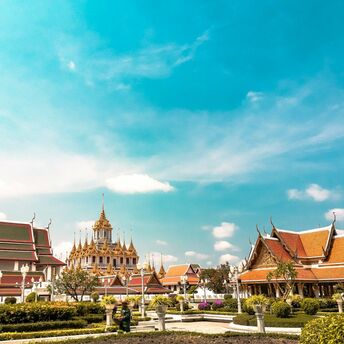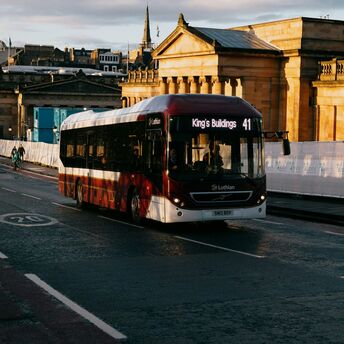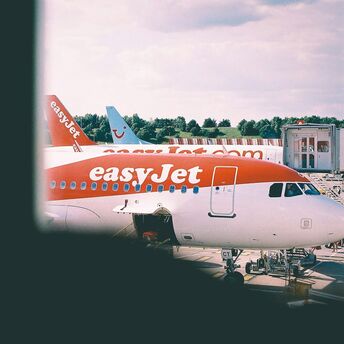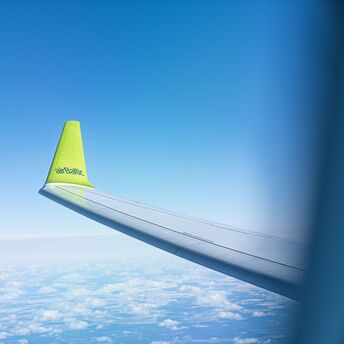Park Hyatt Kuala Lumpur Opens in City Landmark with Direct Access to Key Districts
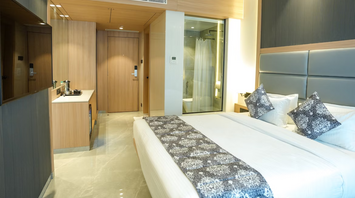
A new hotel has opened in central Kuala Lumpur, occupying the upper floors of Merdeka 118, the tallest building in Southeast Asia. Park Hyatt Kuala Lumpur, operated by Hyatt Hotels Corporation, began welcoming guests in early August. The hotel is situated between the seventy-fifth and one hundred fourteenth floors of the tower. Its position in one of the most recognisable buildings in the city adds a new accommodation option within the Malaysian capital's central district.
The hotel stands in central Kuala Lumpur, surrounded by a mix of old shophouses and new high-rises. It is part of the Merdeka 118 area, which has seen a lot of development in recent years. The streets nearby weave through the city like veins, buzzing with market sounds, scooters, and people going about their daily routines. For travellers, this means many places worth visiting are nearby and can be reached just by walking and exploring at their own pace.

Not far from the hotel lies Bukit Bintang, a lively corner of the city where crowds move through narrow walkways lined with sizzling food stalls and tucked-away local coffee spots. Jalan Alor is one of the highlights, offering a range of Malaysian street food available into the evening. Another nearby site is KL Forest Eco Park, a preserved section of urban rainforest where visitors can walk across canopy bridges and follow shaded trails while remaining close to the city centre.
A second area of interest is Masjid Jamek, where two rivers meet and form part of a public revitalisation project known as River of Life. This part of the city includes pedestrian paths, restored colonial buildings and river-facing seating areas. A short walk away is Pasar Seni, a central market area surrounded by small studios, handmade goods and local coffee shops, which give travellers insight into contemporary urban culture.

A new hotel opening in this corner of Kuala Lumpur shows how the city is slowly becoming easier to explore on your own without needing to follow the usual tourist paths. Rather than relying on long commutes or structured tours, visitors can now explore diverse sections of the capital more freely on foot. This pattern of development supports a more walkable city environment and encourages deeper engagement with the daily rhythm of the local streets.


